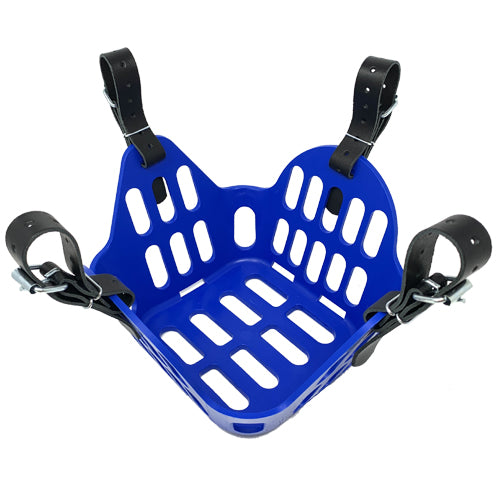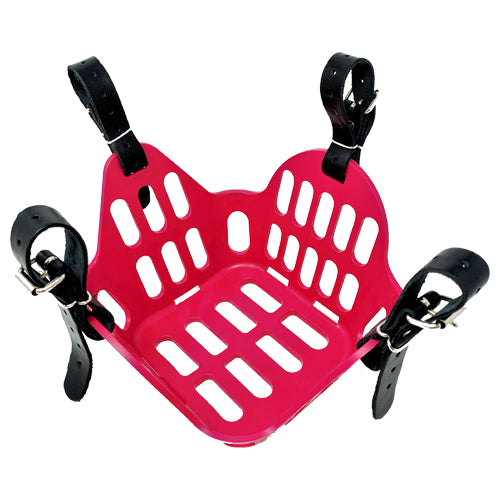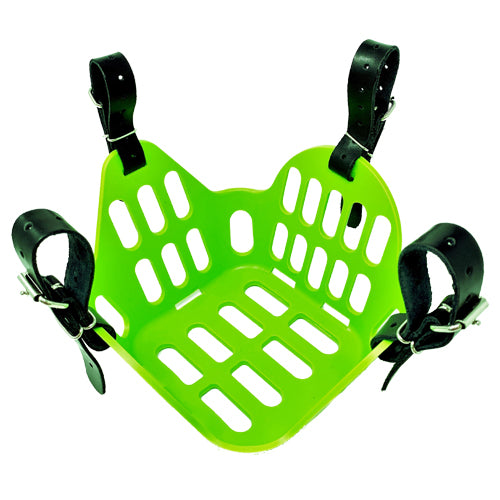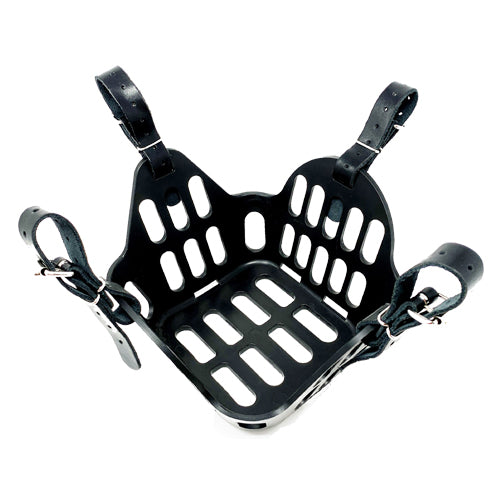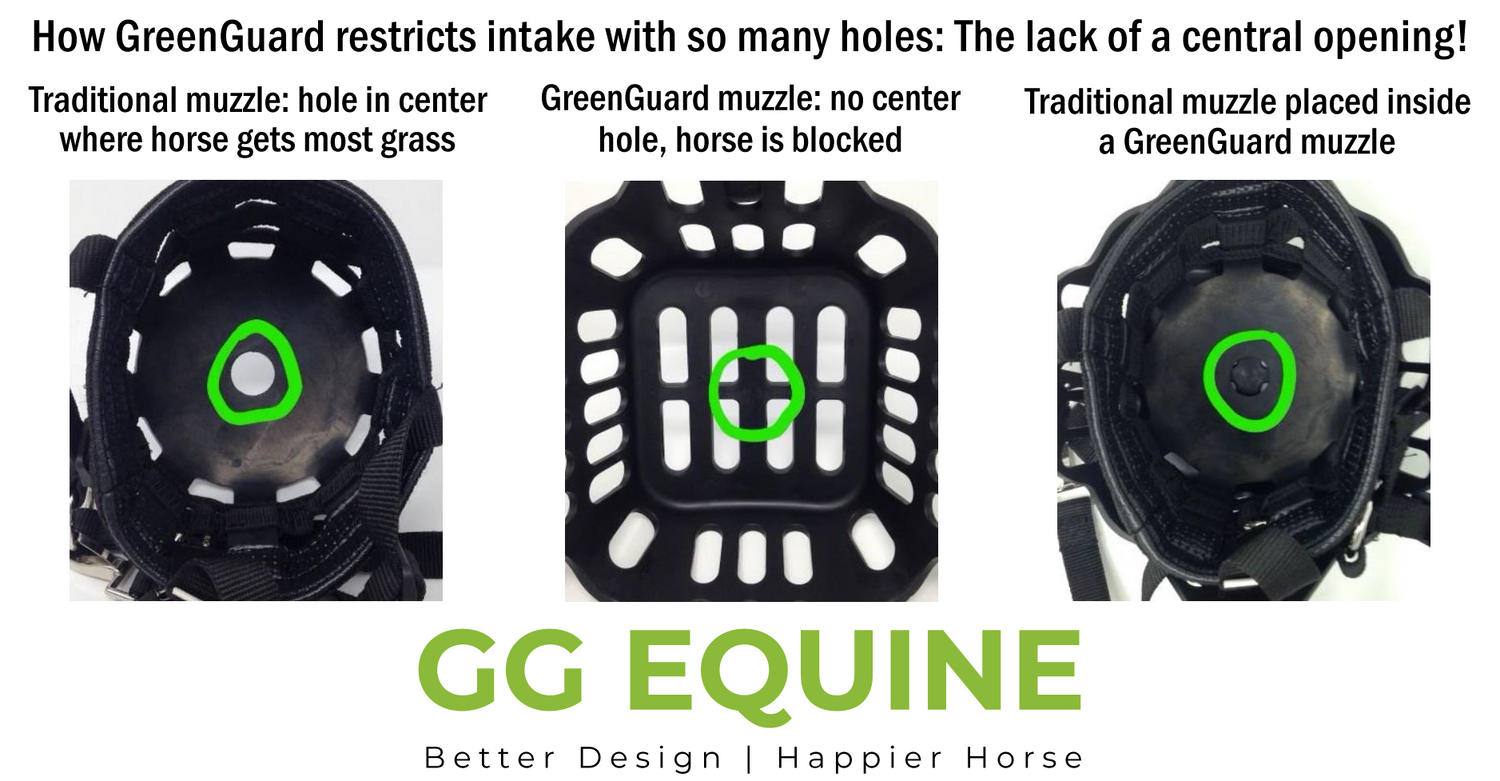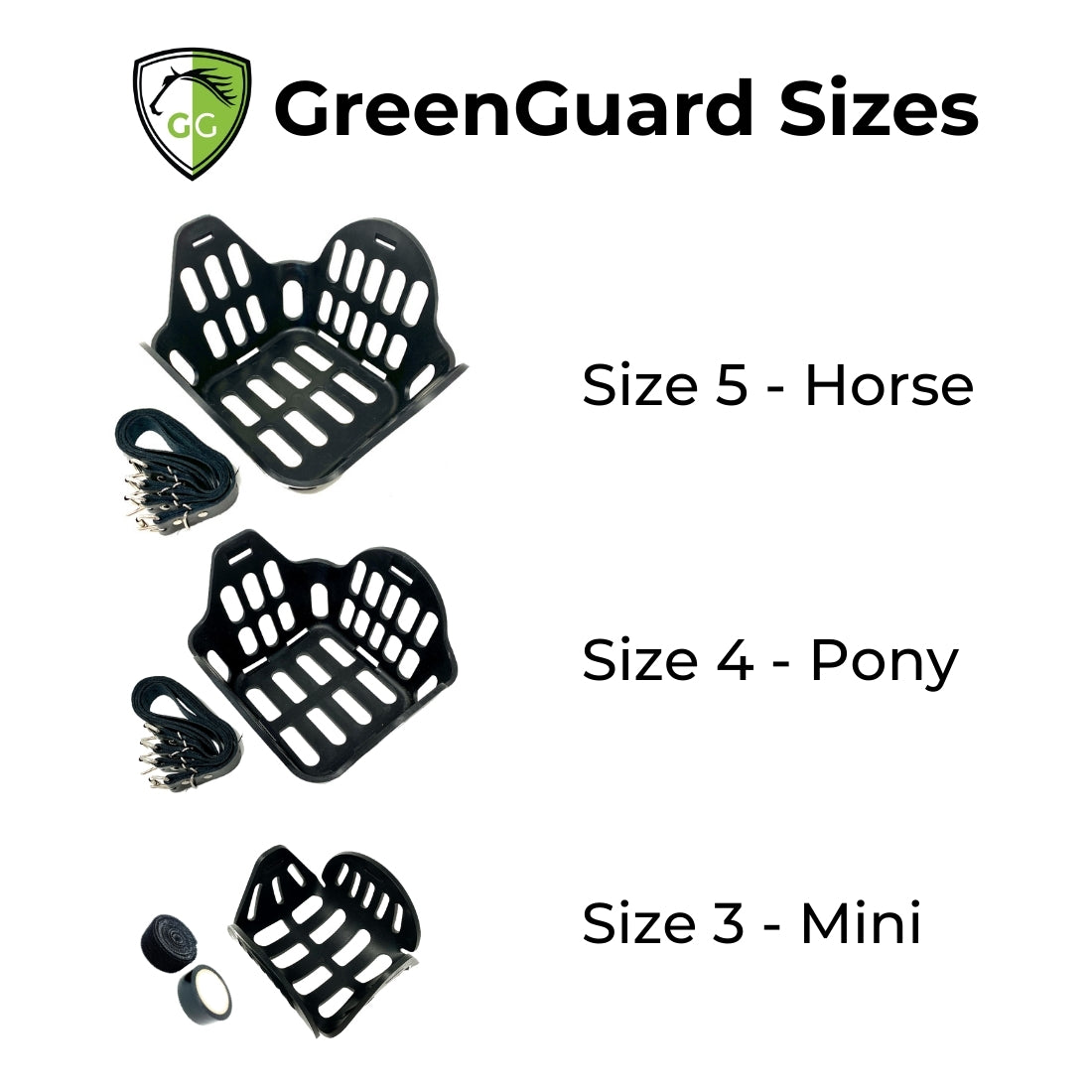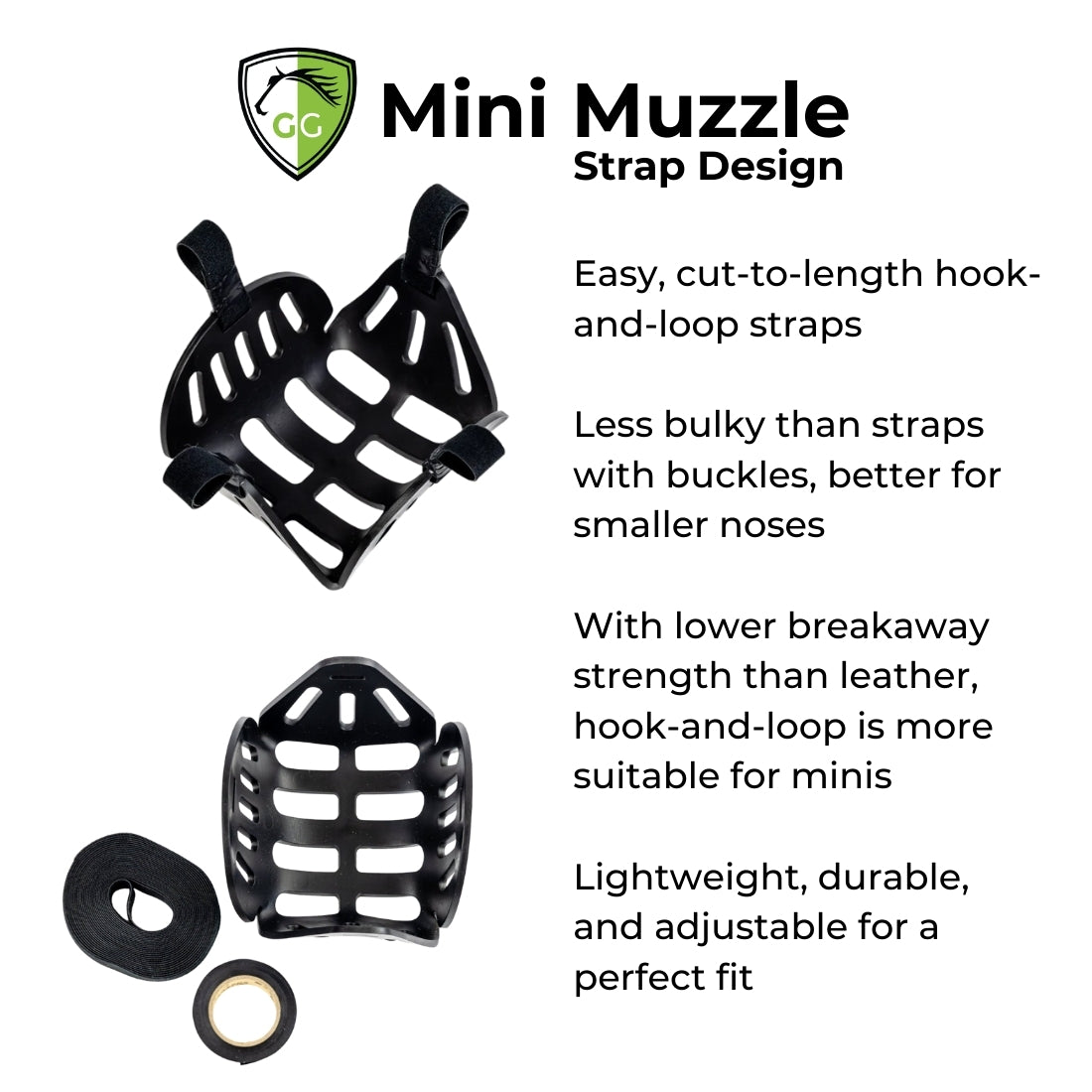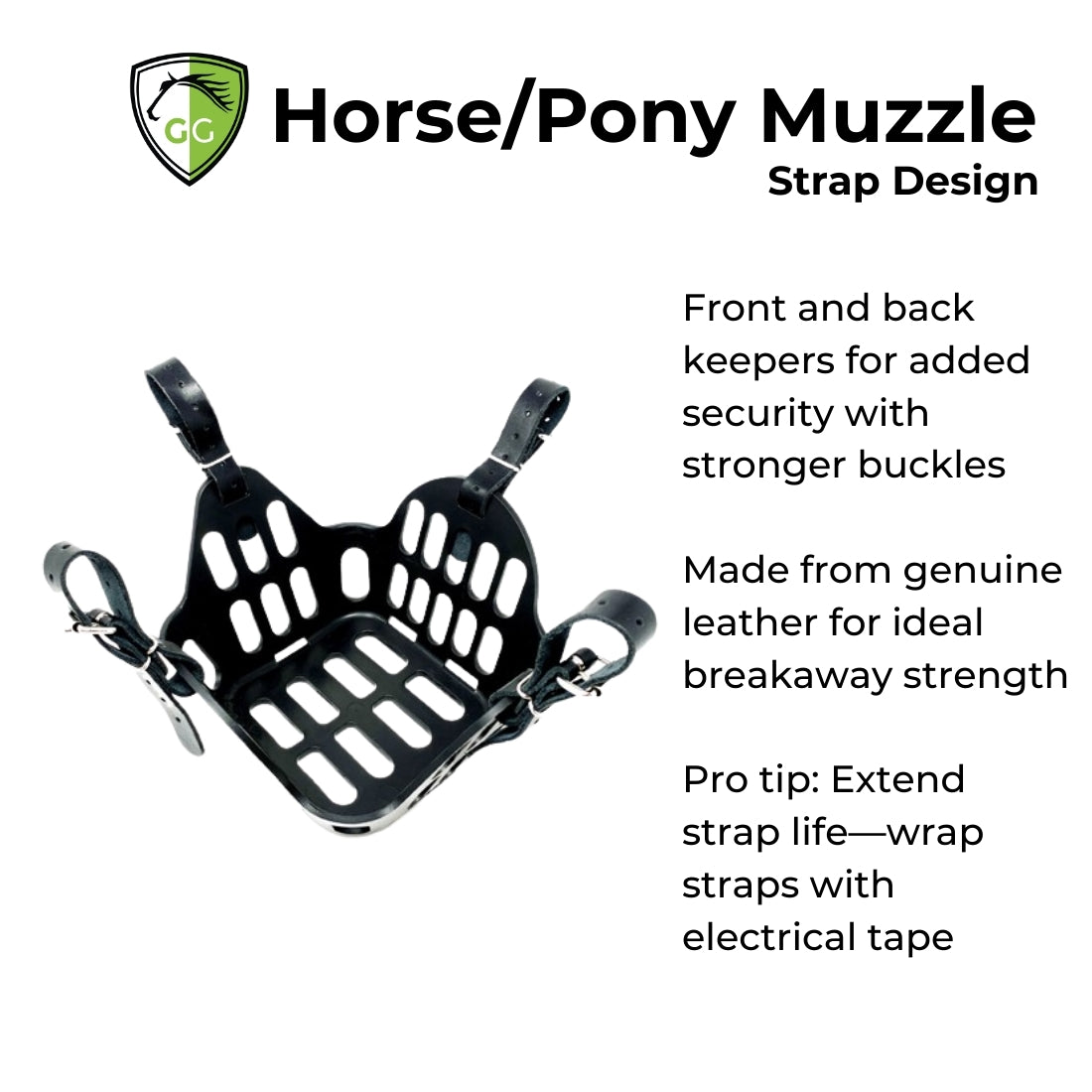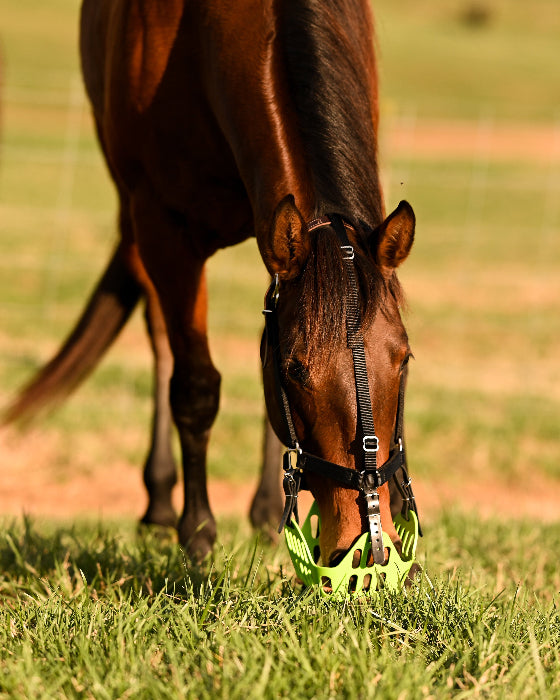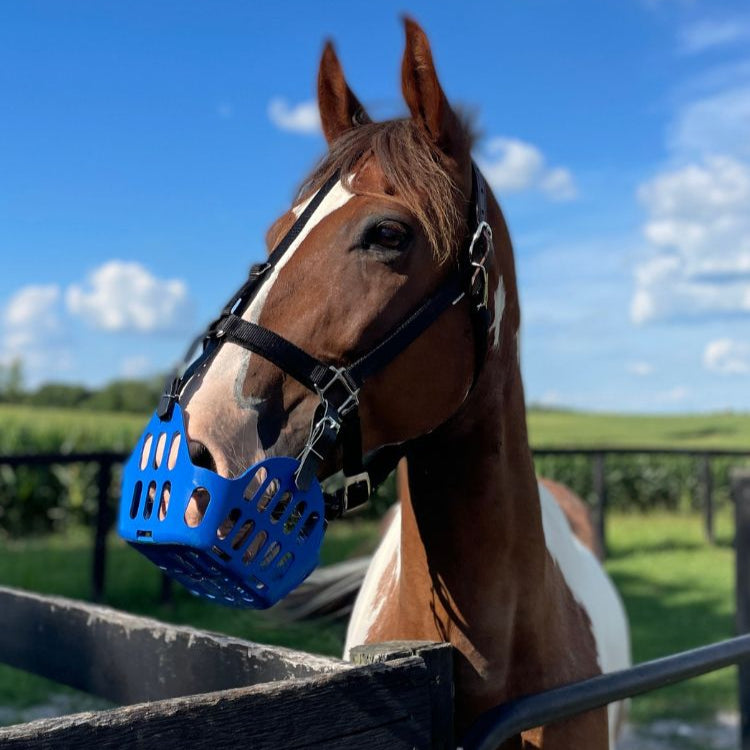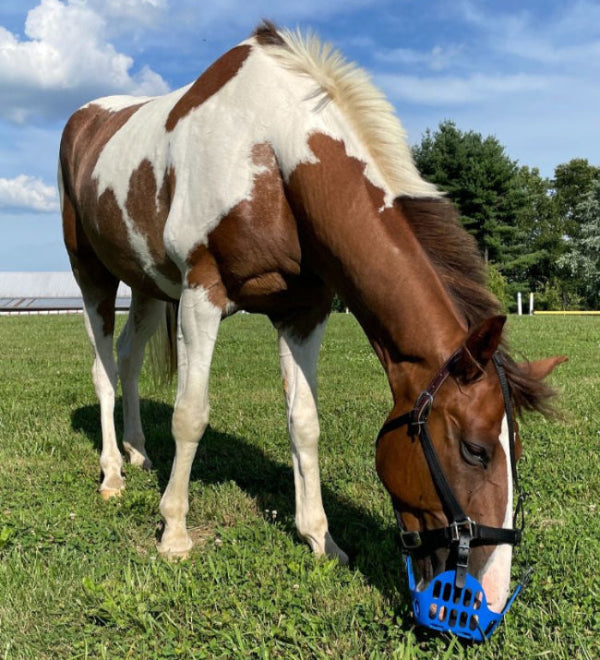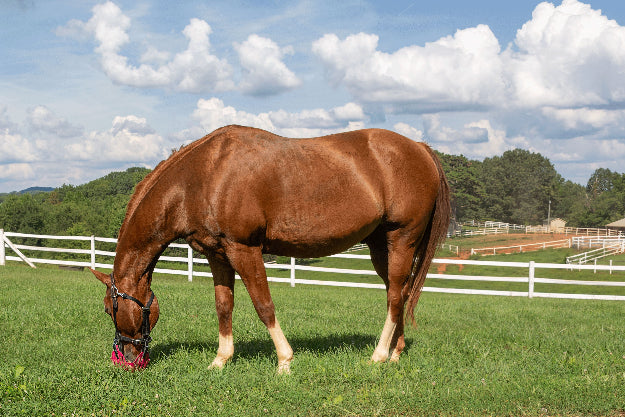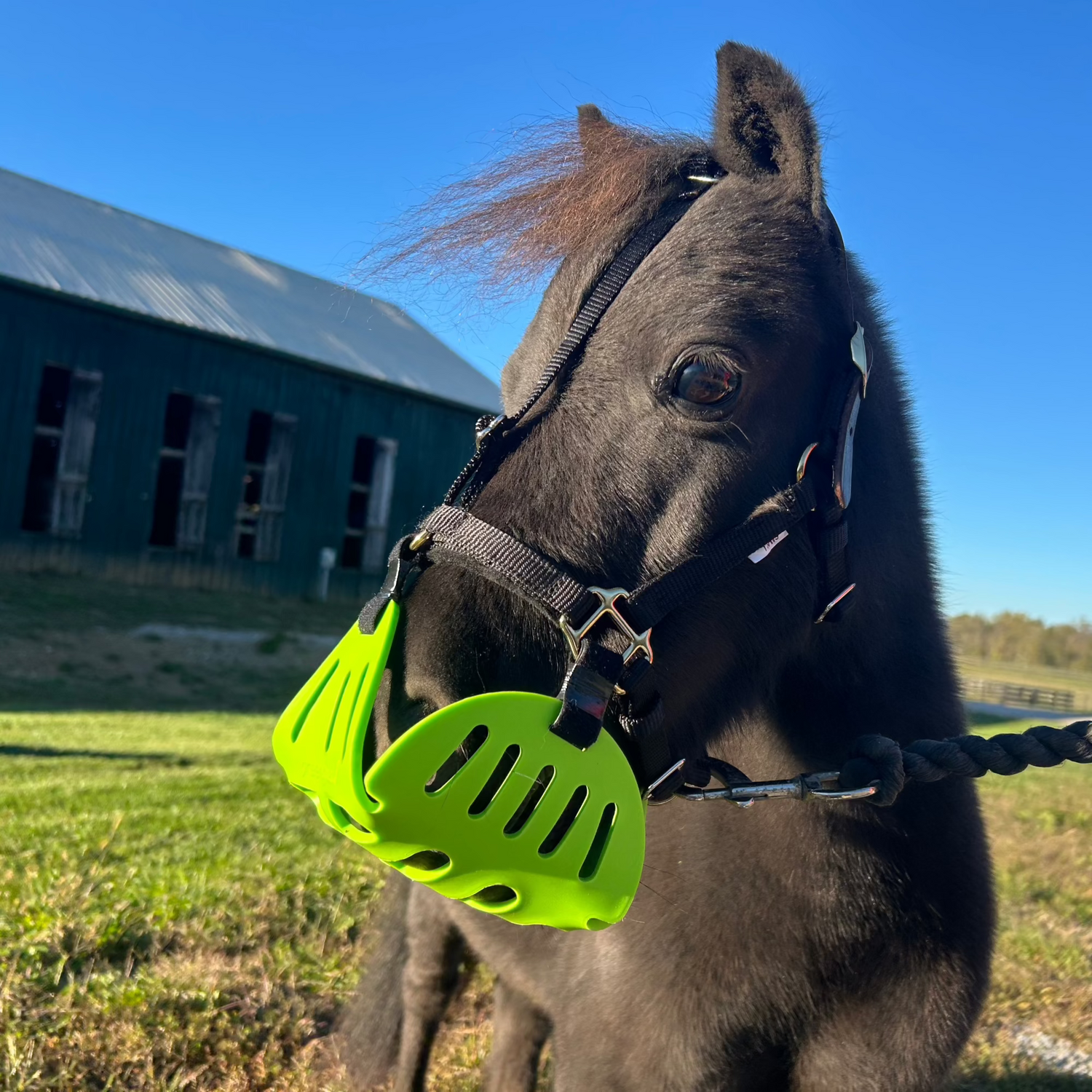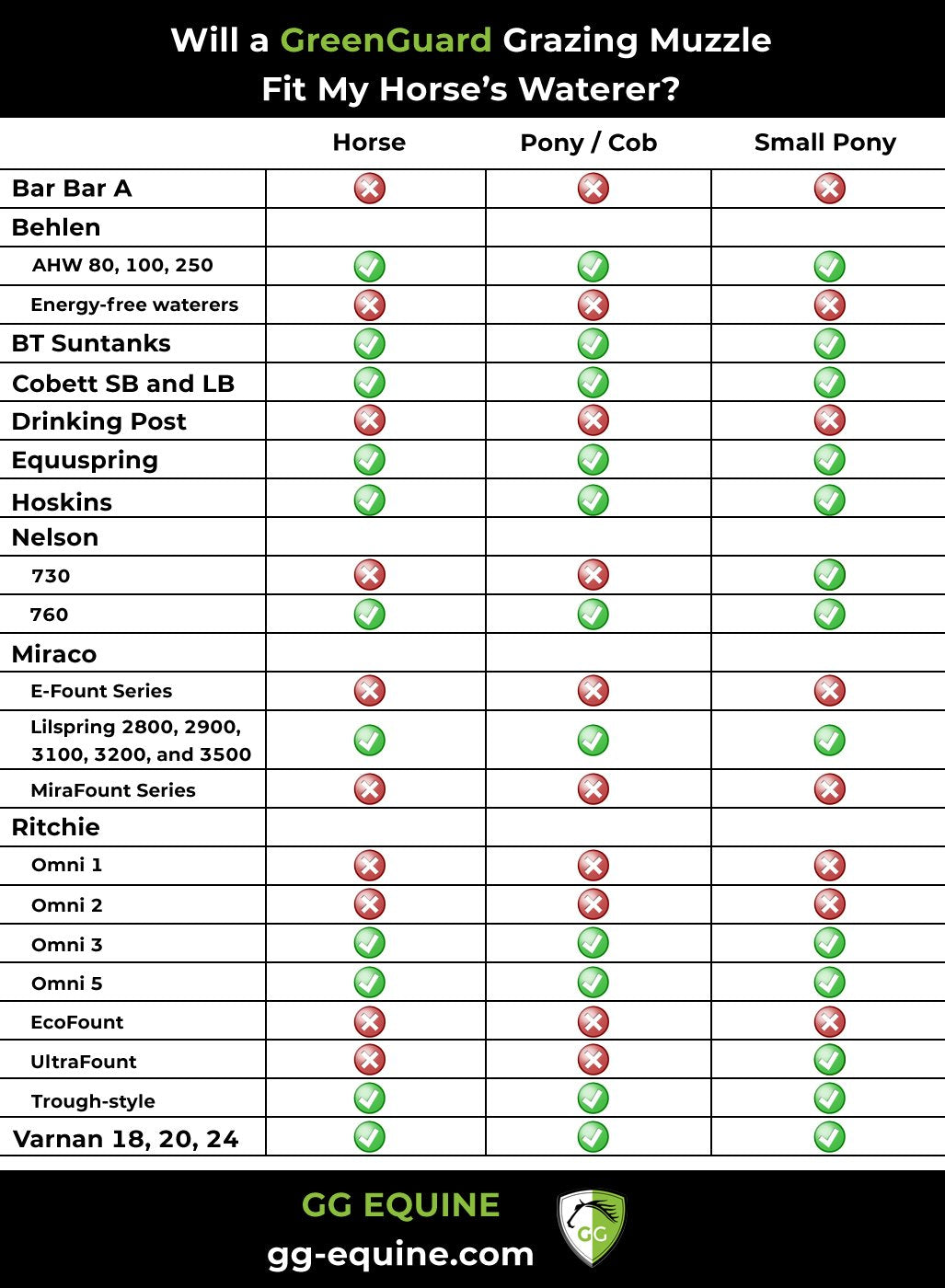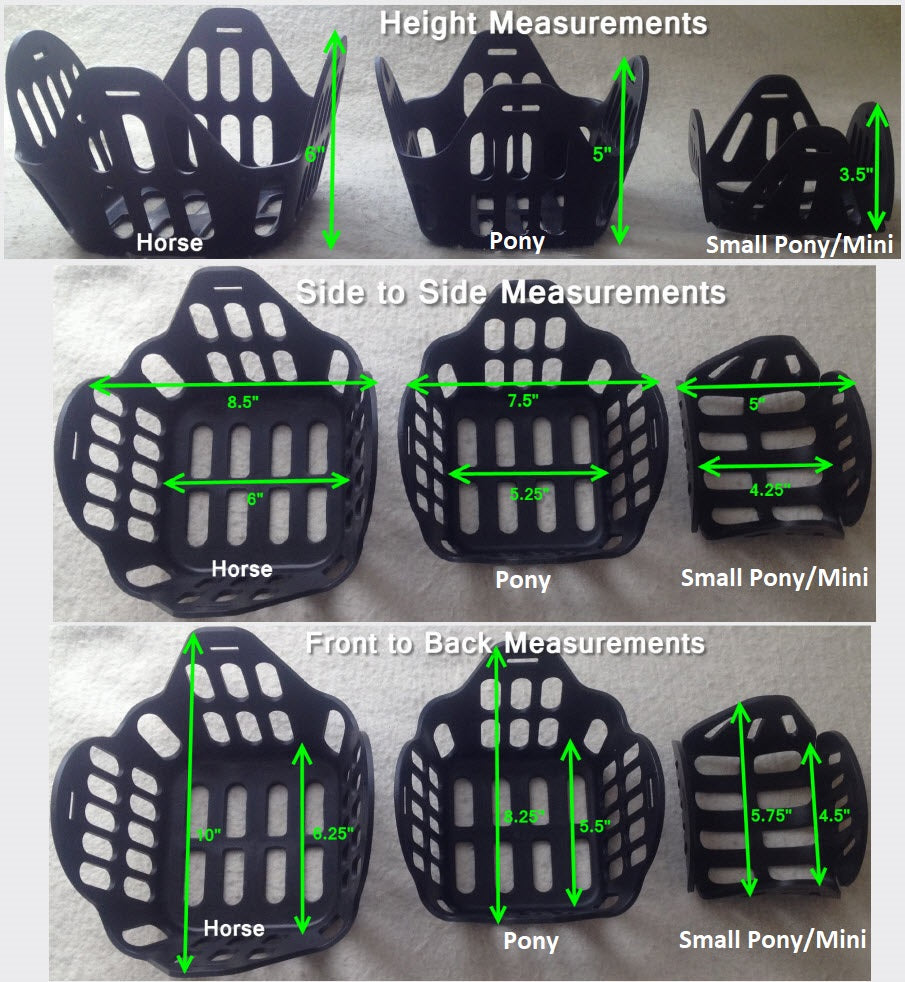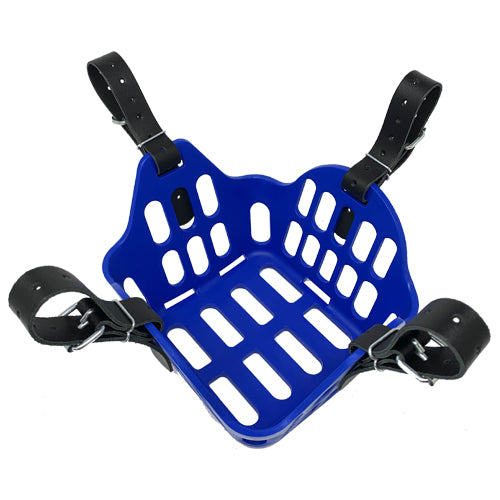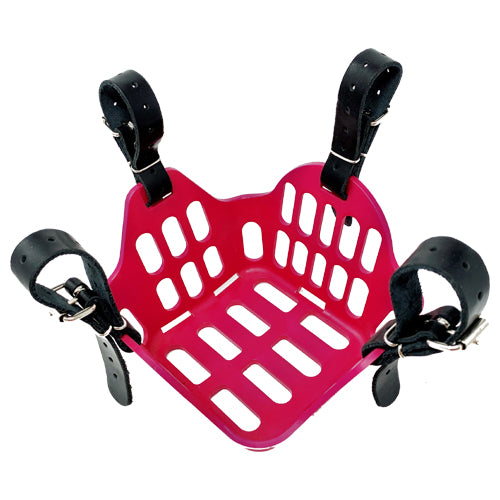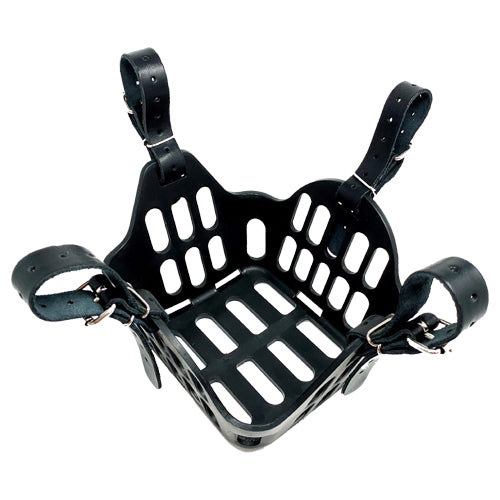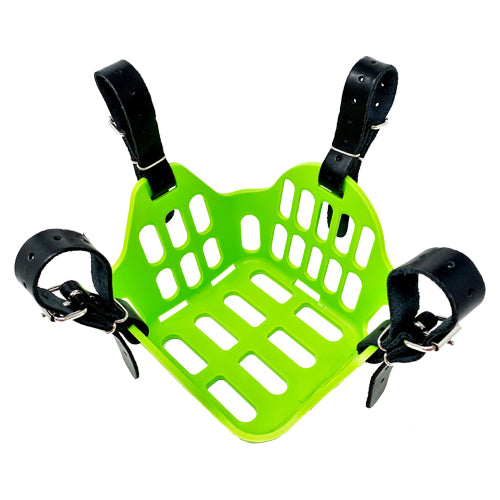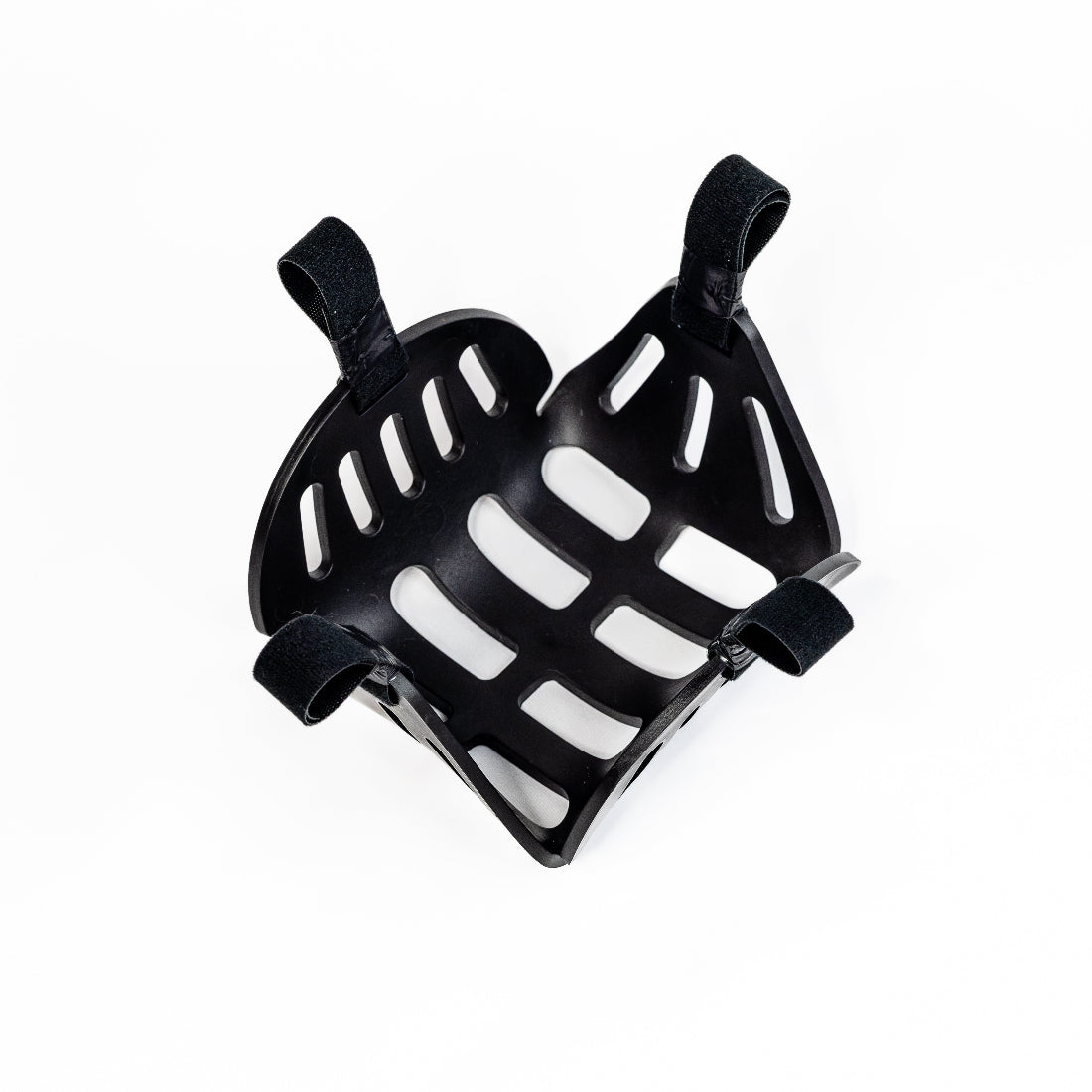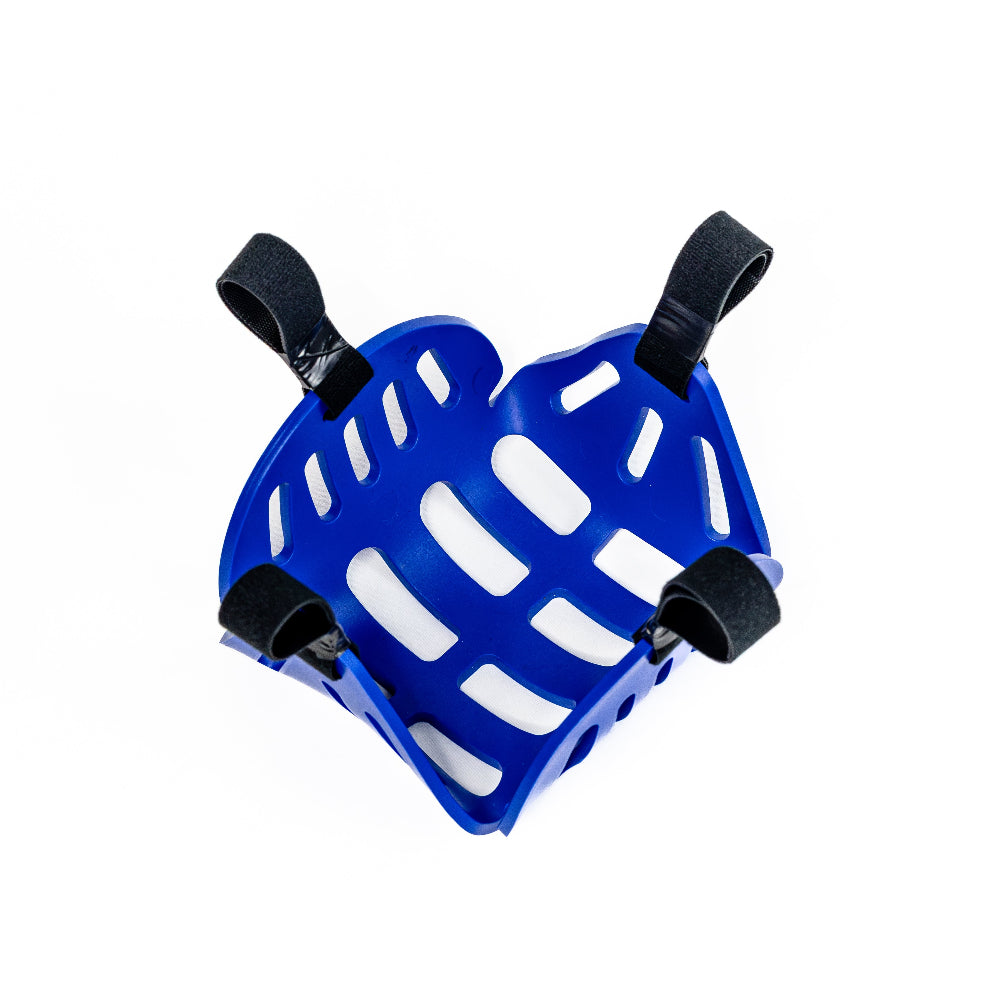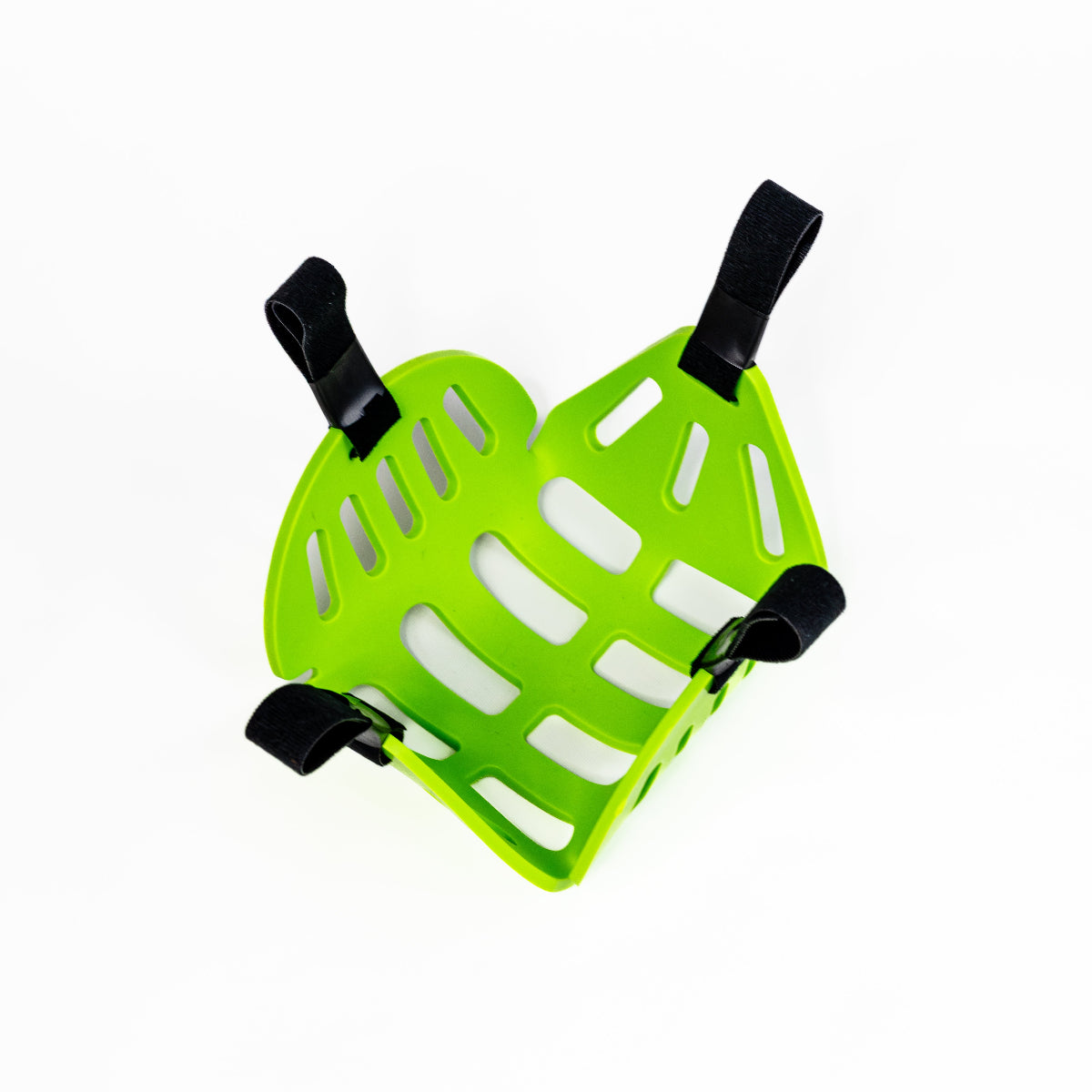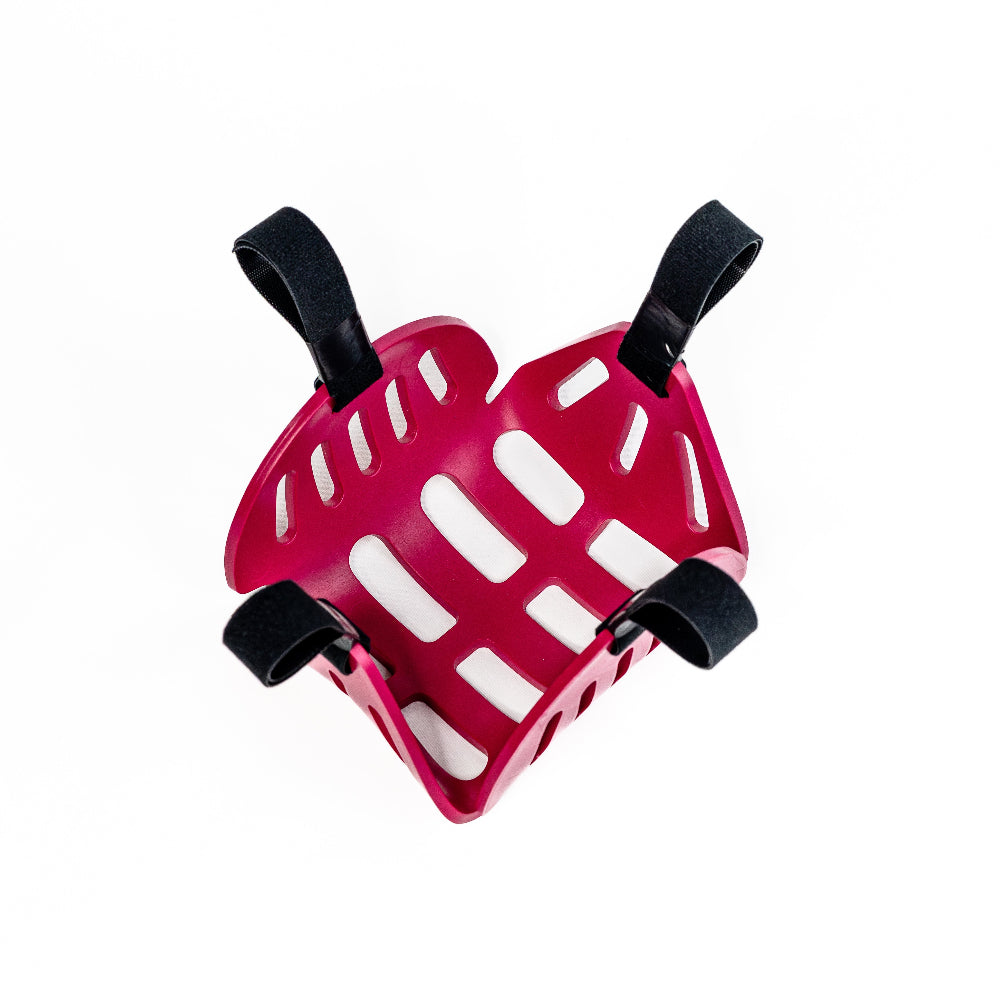GreenGuard Grazing Muzzle
- Regular price
-
$ 99.95 USD - Sale price
-
$ 99.95 USD
Couldn't load pickup availability
GreenGuard Grazing Muzzle
Protect Now, Prevent Later: The Innovative Open-Design Grazing Muzzle for Horses
Help your horse thrive with the GreenGuard Grazing Muzzle, the ultimate slow-feed solution trusted by horse owners and professionals worldwide. Designed to reduce grass intake without restricting natural behavior, this innovative muzzle promotes better health, comfort, and peace of mind.
Helps Prevent Laminitis, Obesity, and Metabolic Issues
Reduces forage intake to help prevent laminitis, EMS, and other weight-related issues.
Supports Natural Behavior and Mental Well-Being
Let horses safely enjoy turnout and socialize with their herd.
Breathable, Lightweight Design
Open-grid design allows easy breathing, drinking, and airflow—even in warm weather.
Built to Last – Safe & Durable
Made from tough, food-grade material with a 1-year warranty.
Fits Securely on Most Halters
Attaches to most halters. For best results, pair with the GG Equine Breakaway Halter (sold separately).

Give your horse the freedom to graze safely and live well. Prevention starts today with GreenGuard.
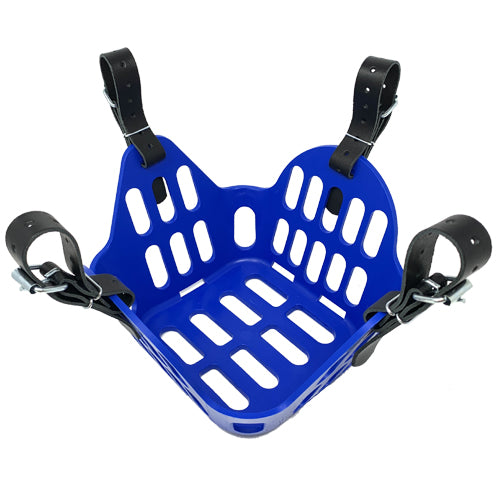
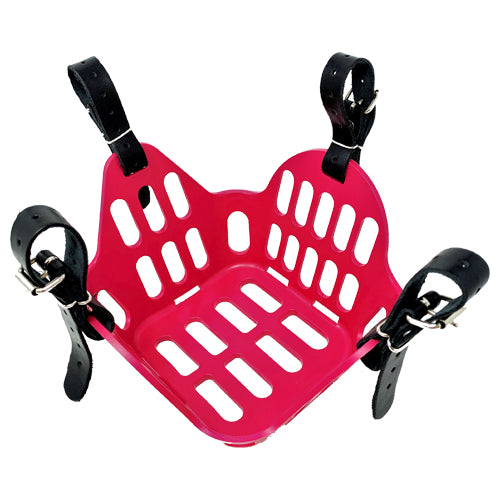
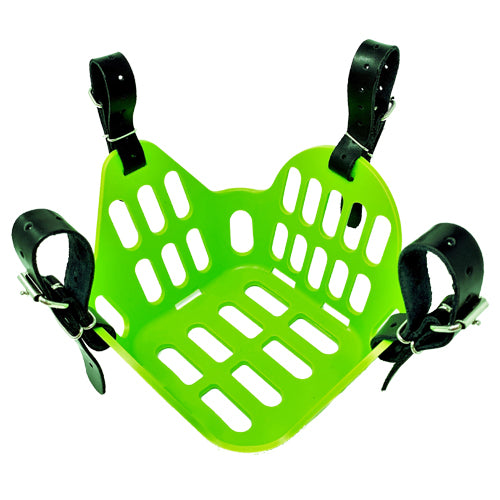
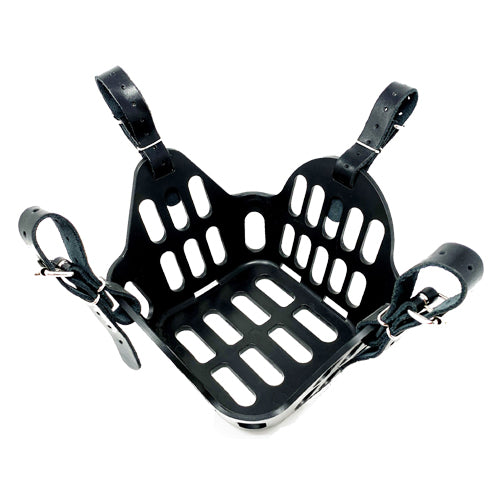
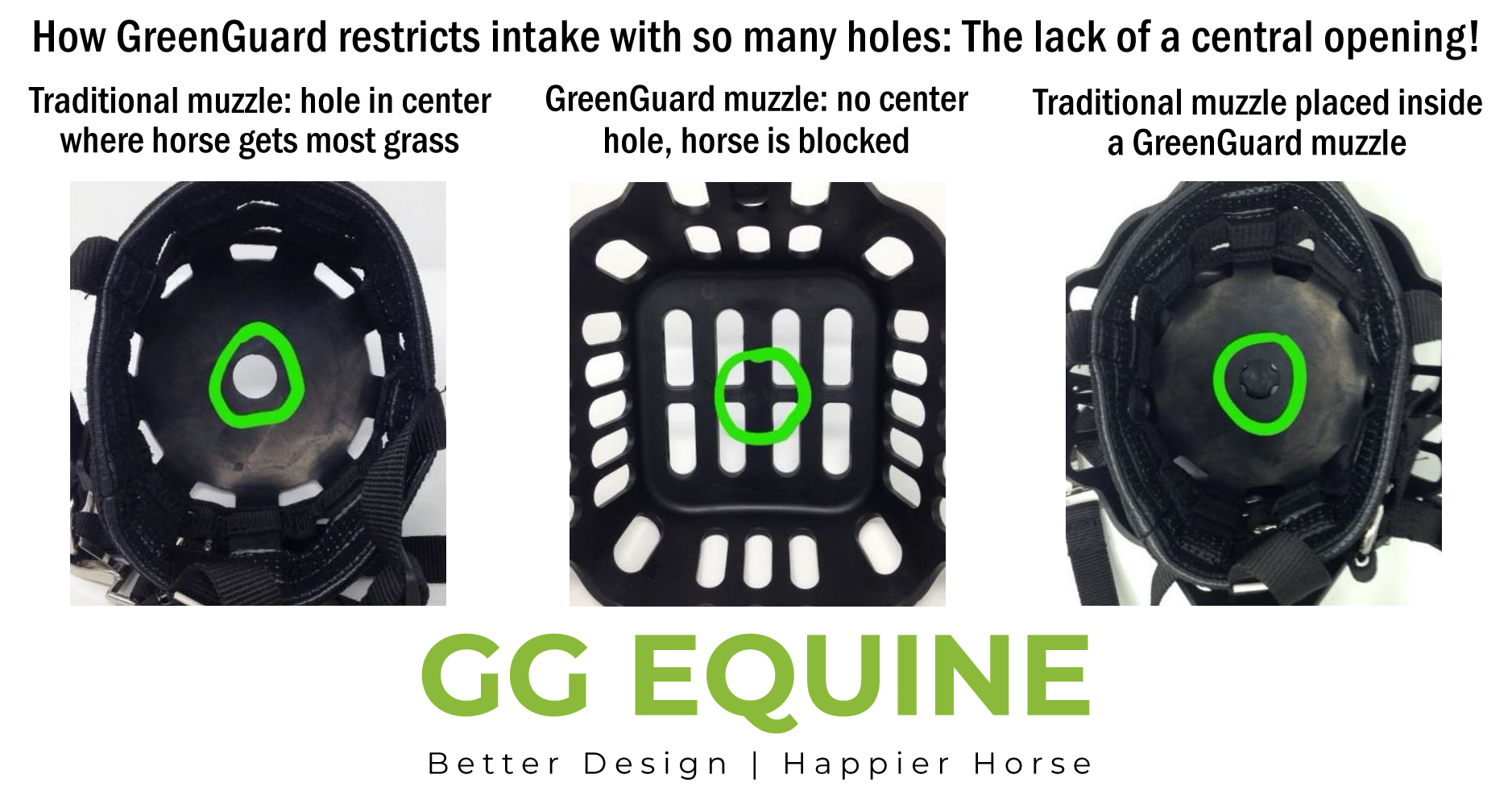
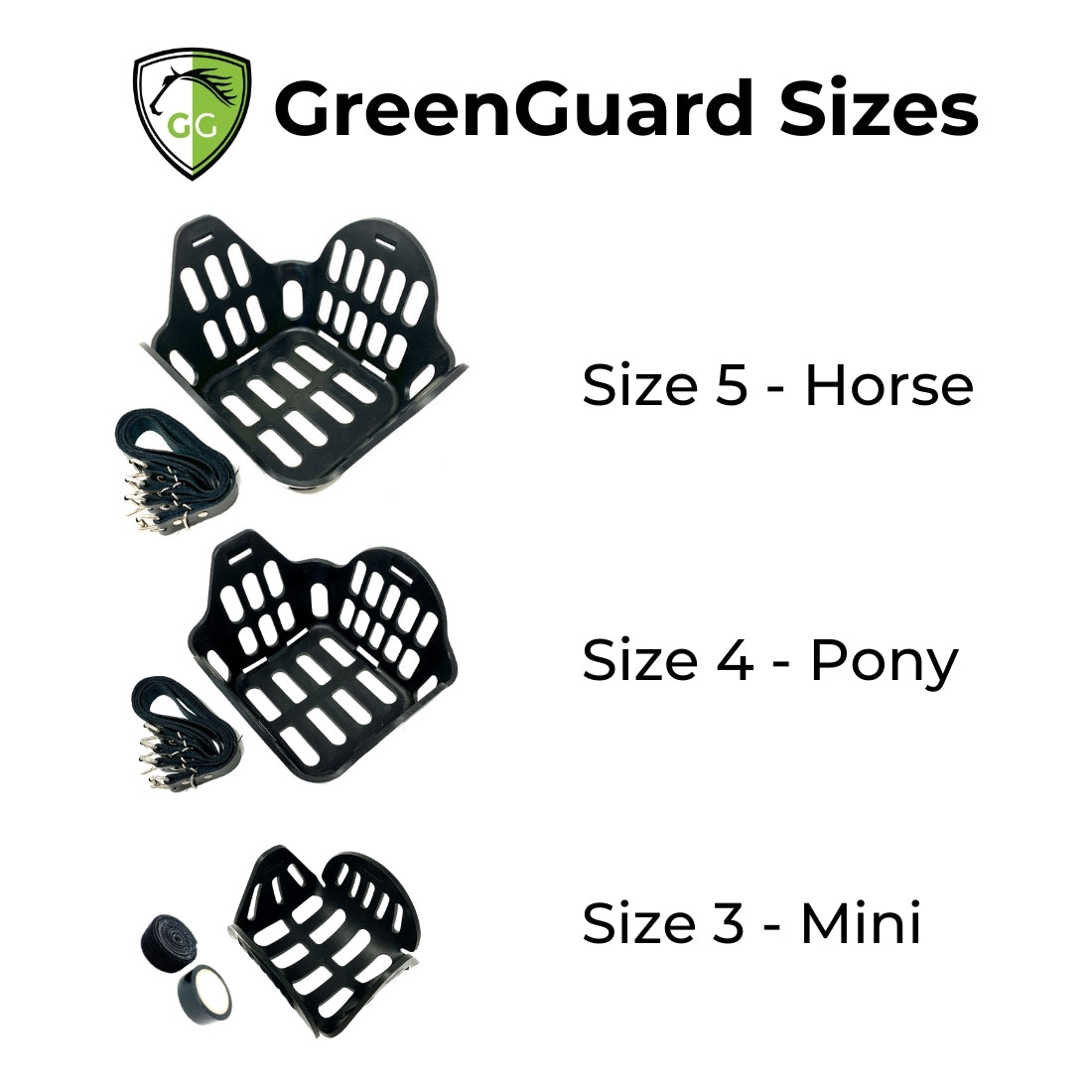
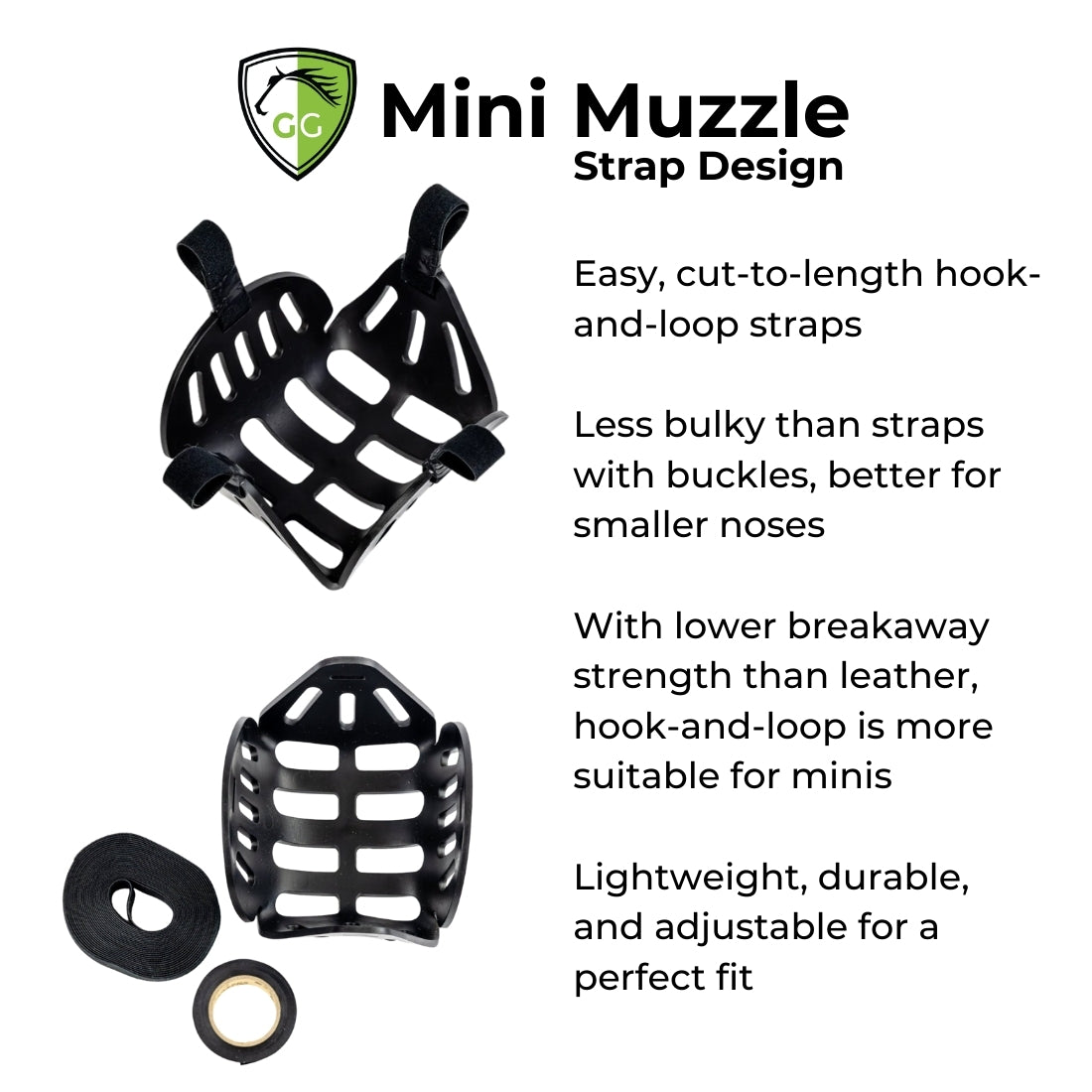
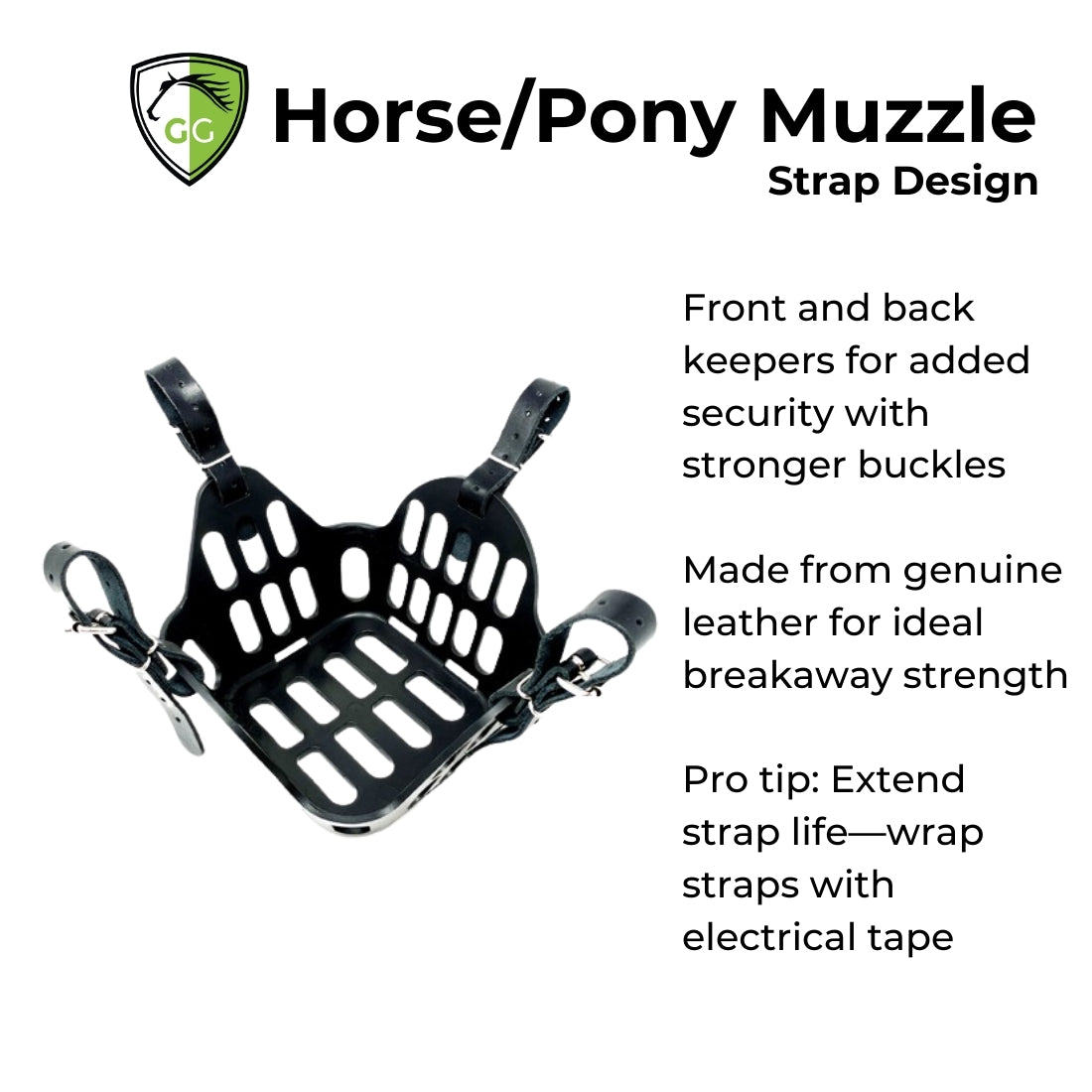
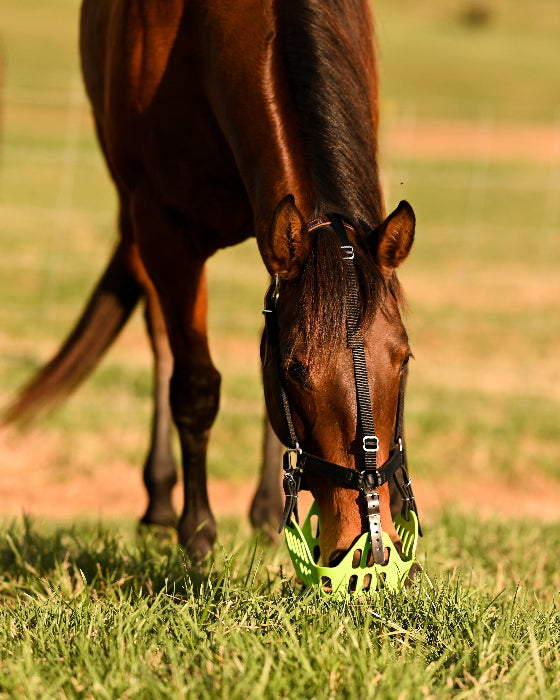
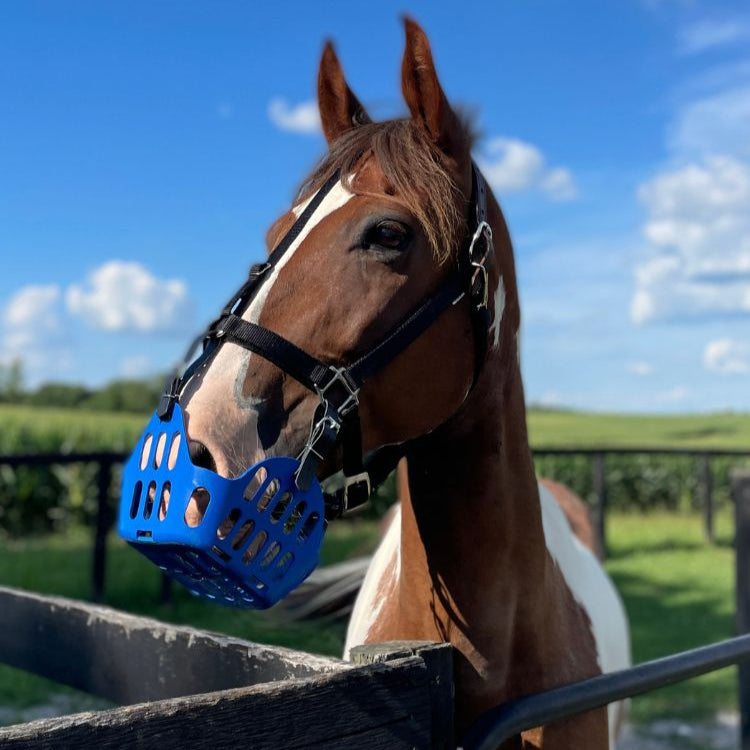
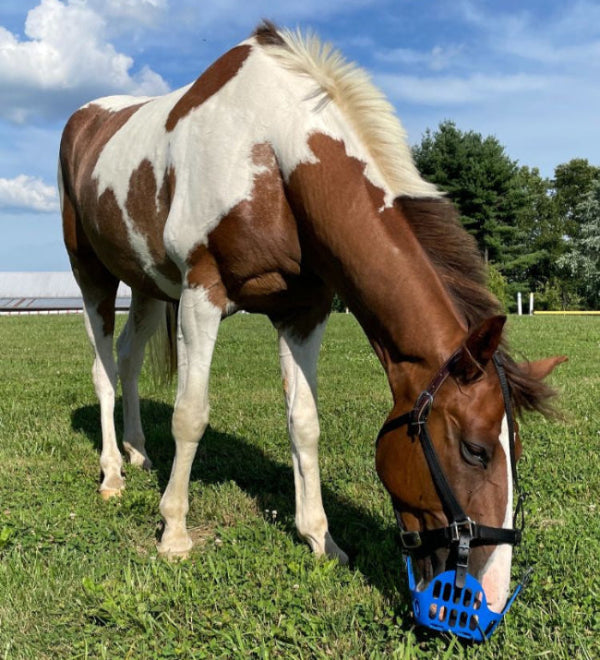
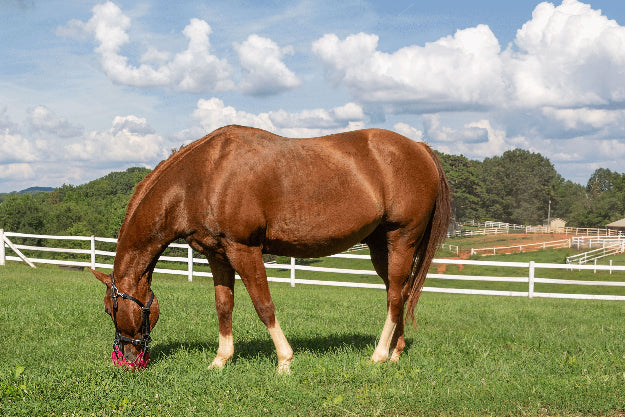
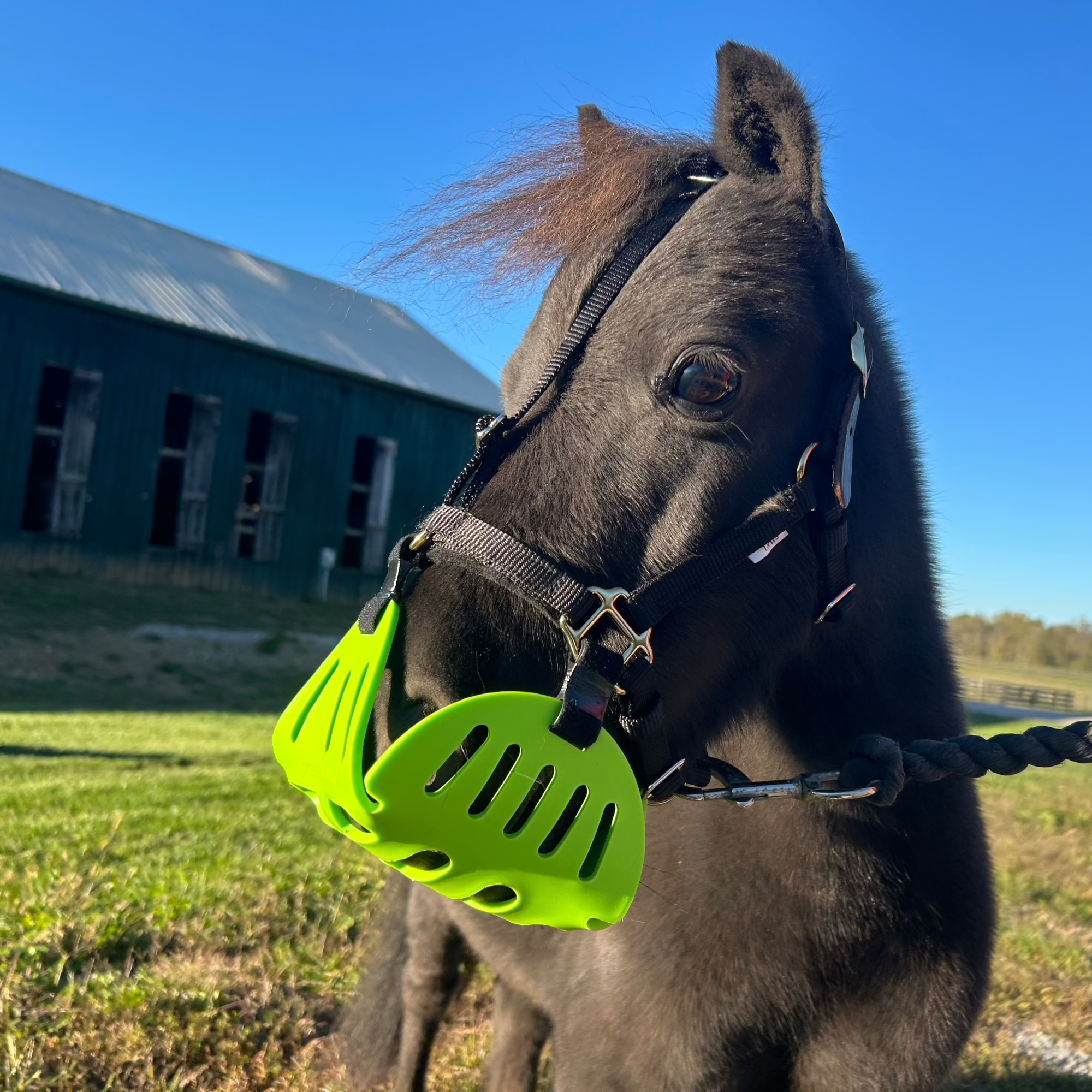
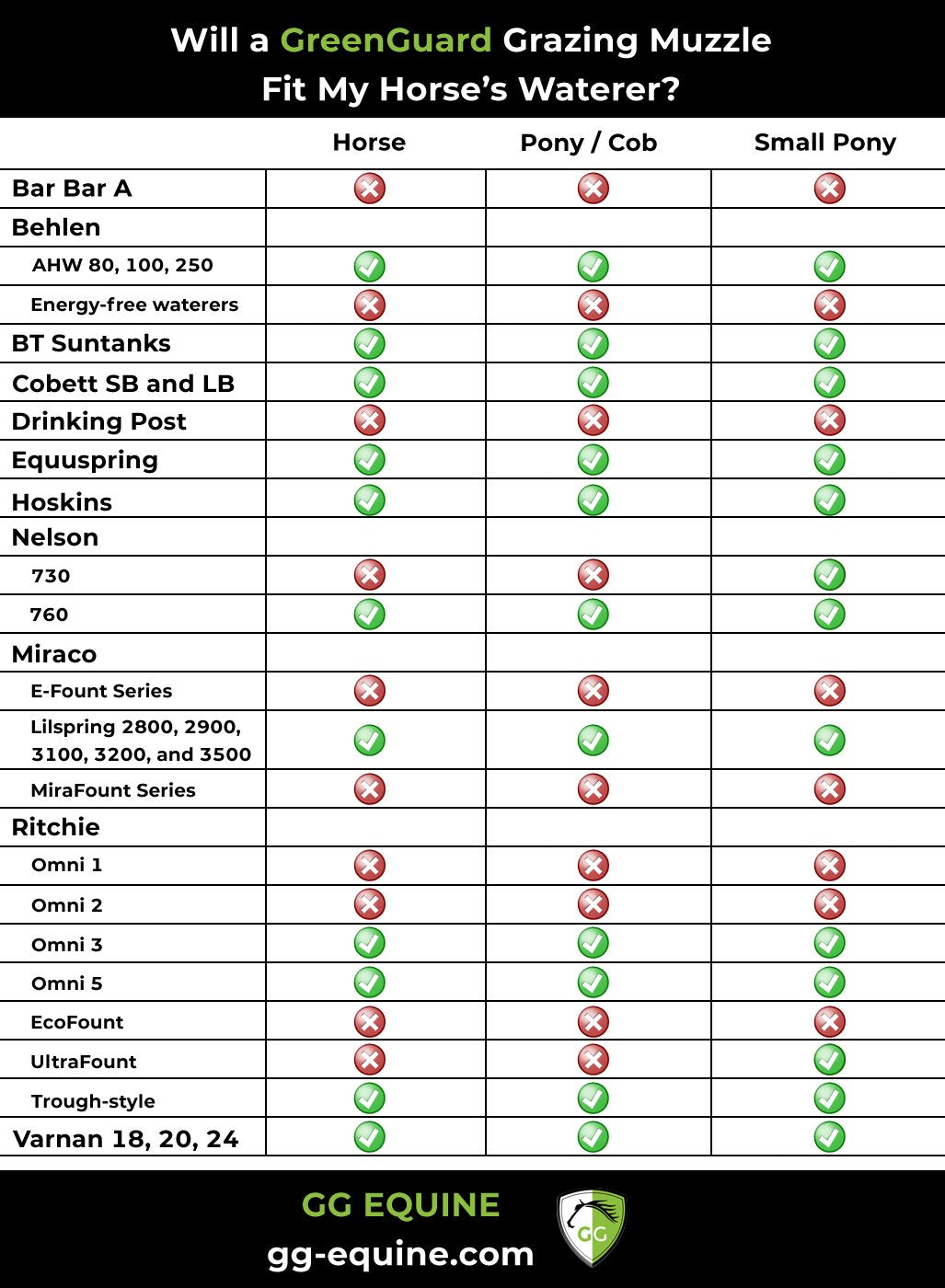
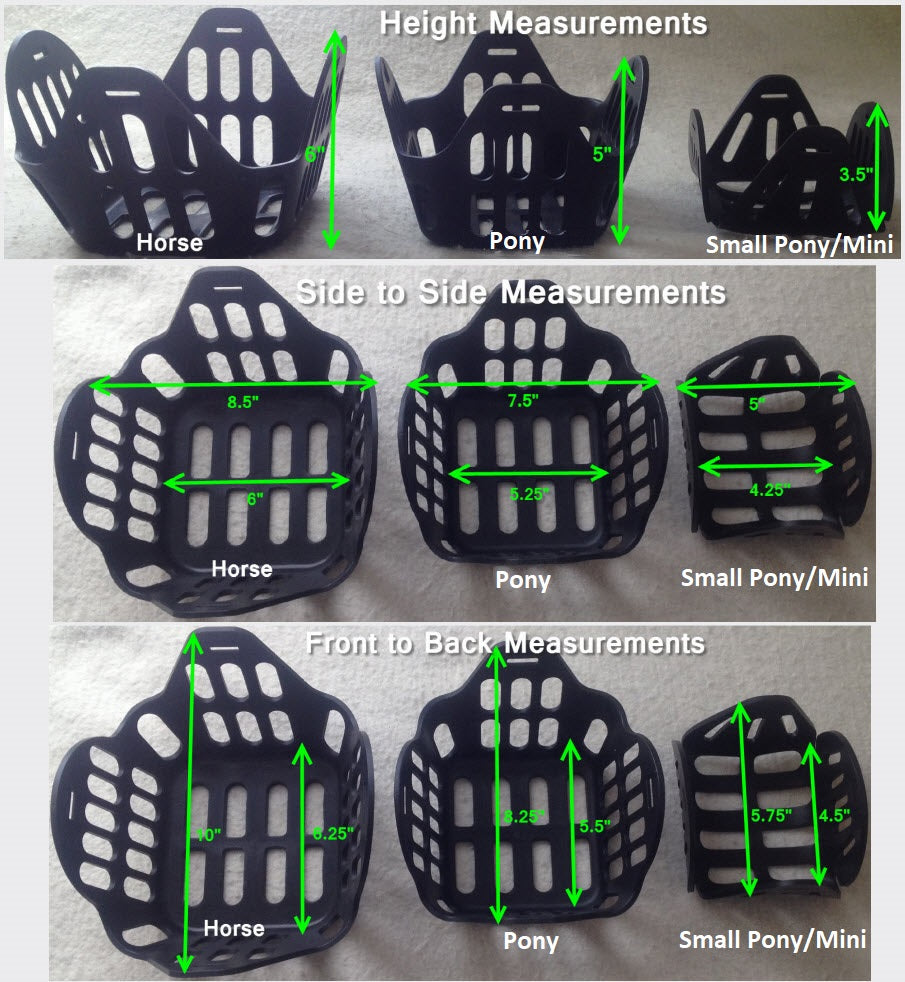
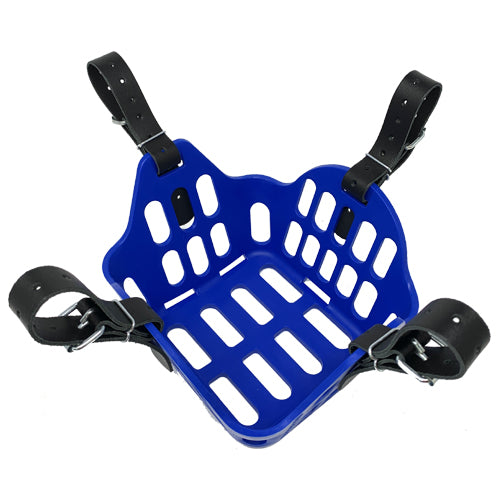
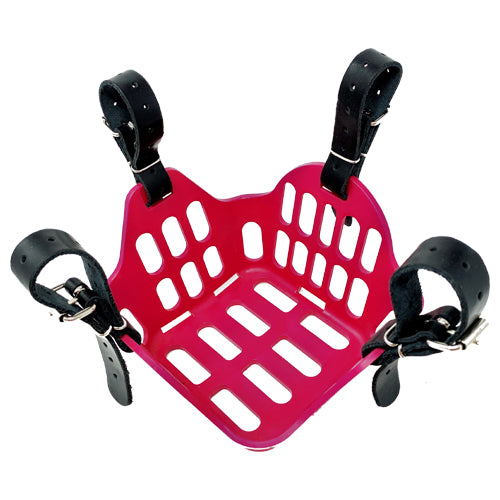
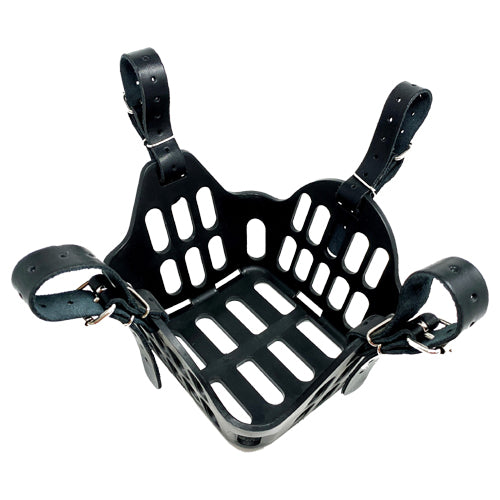
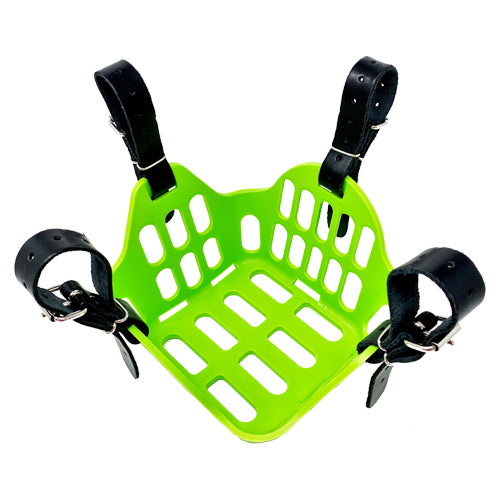
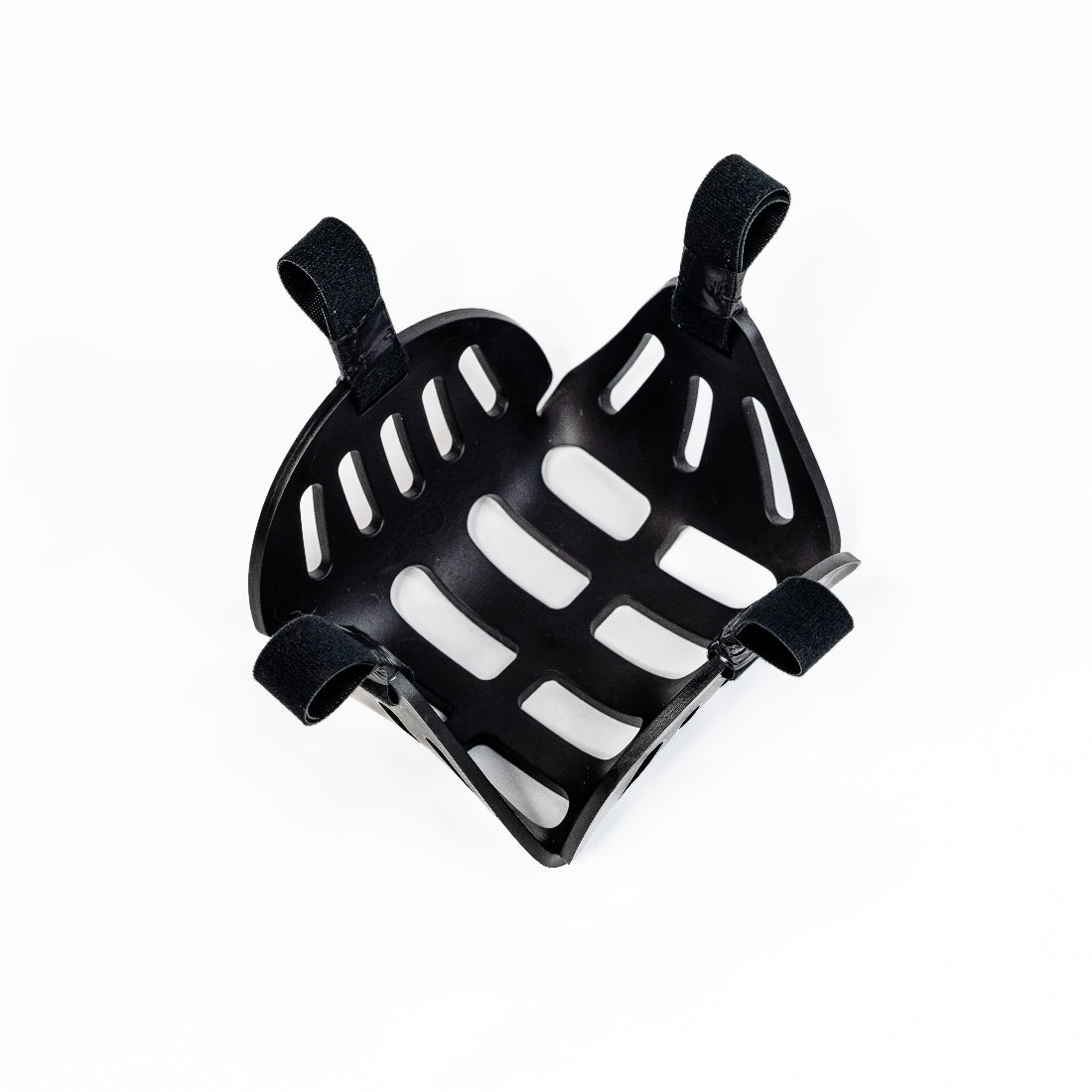
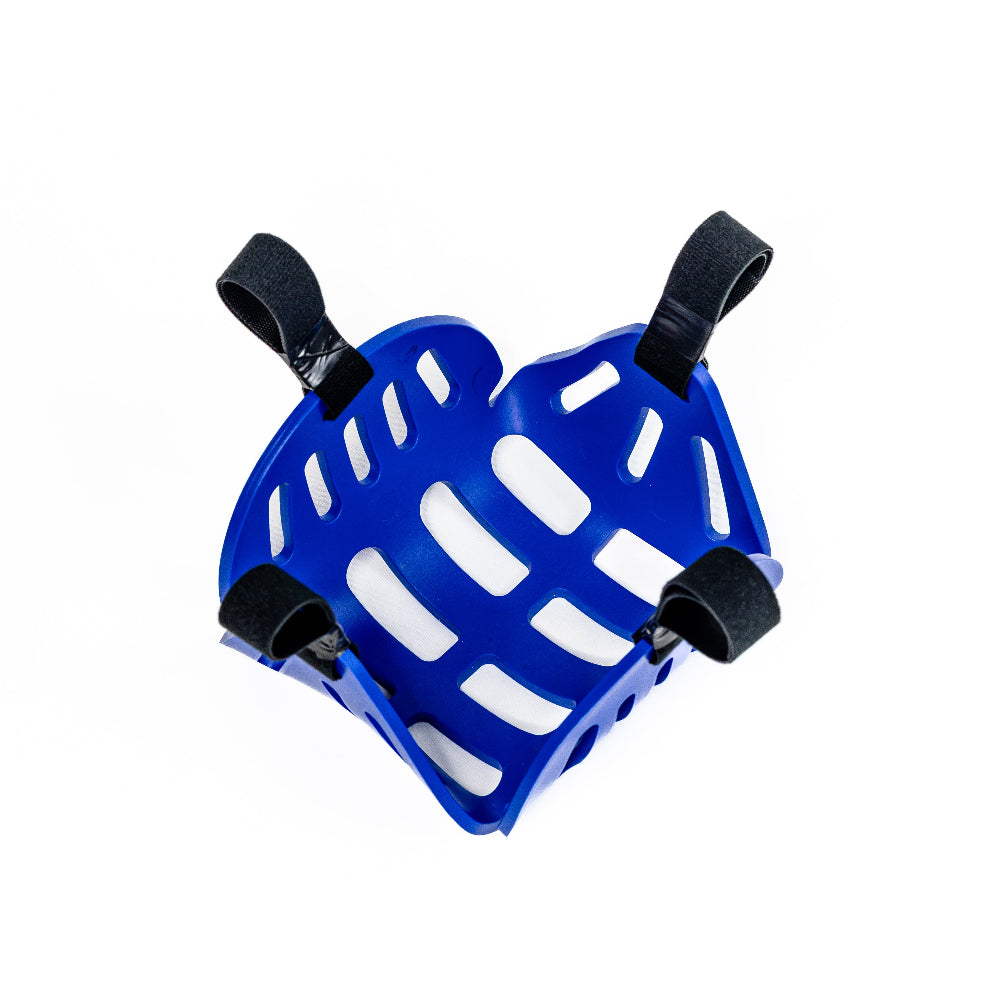
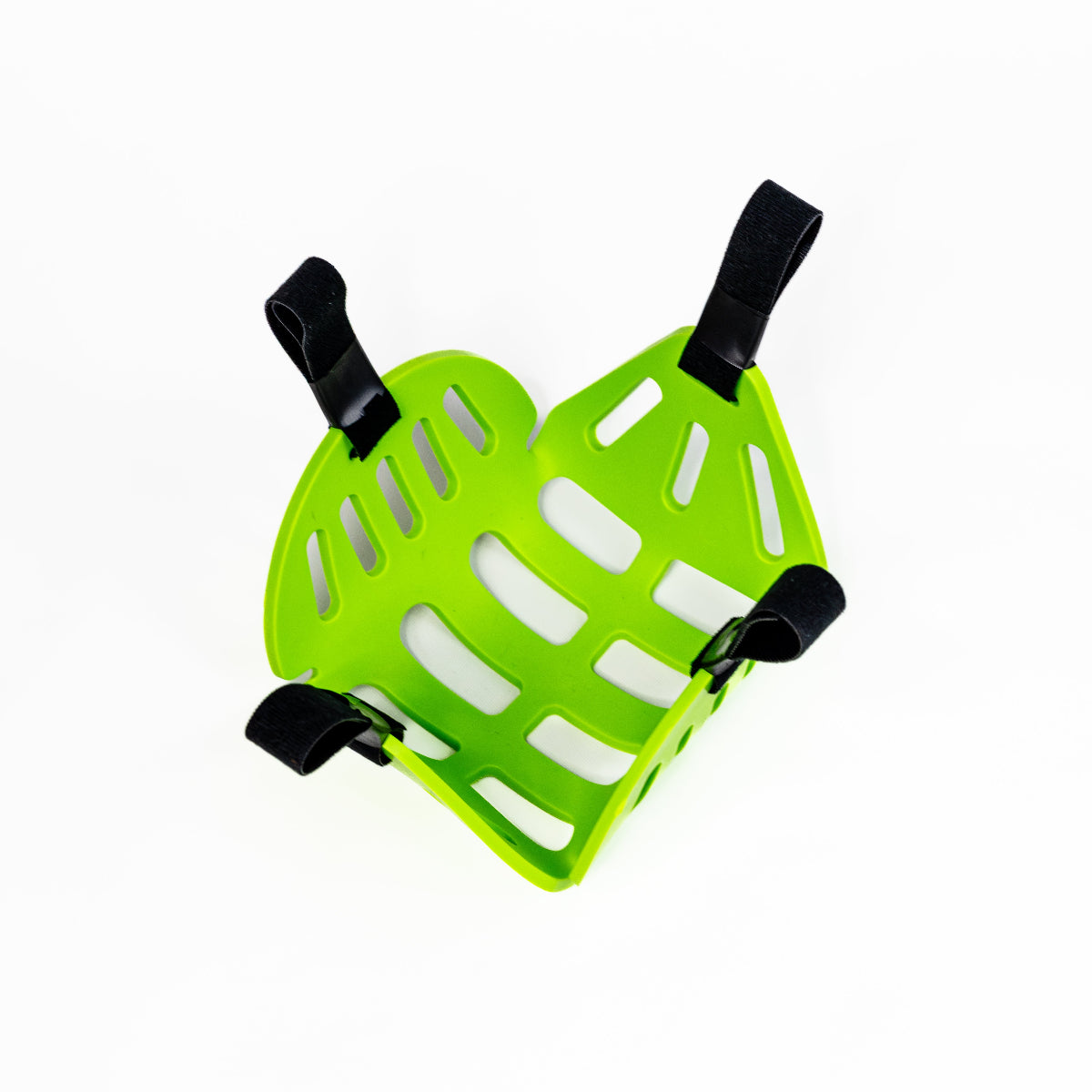
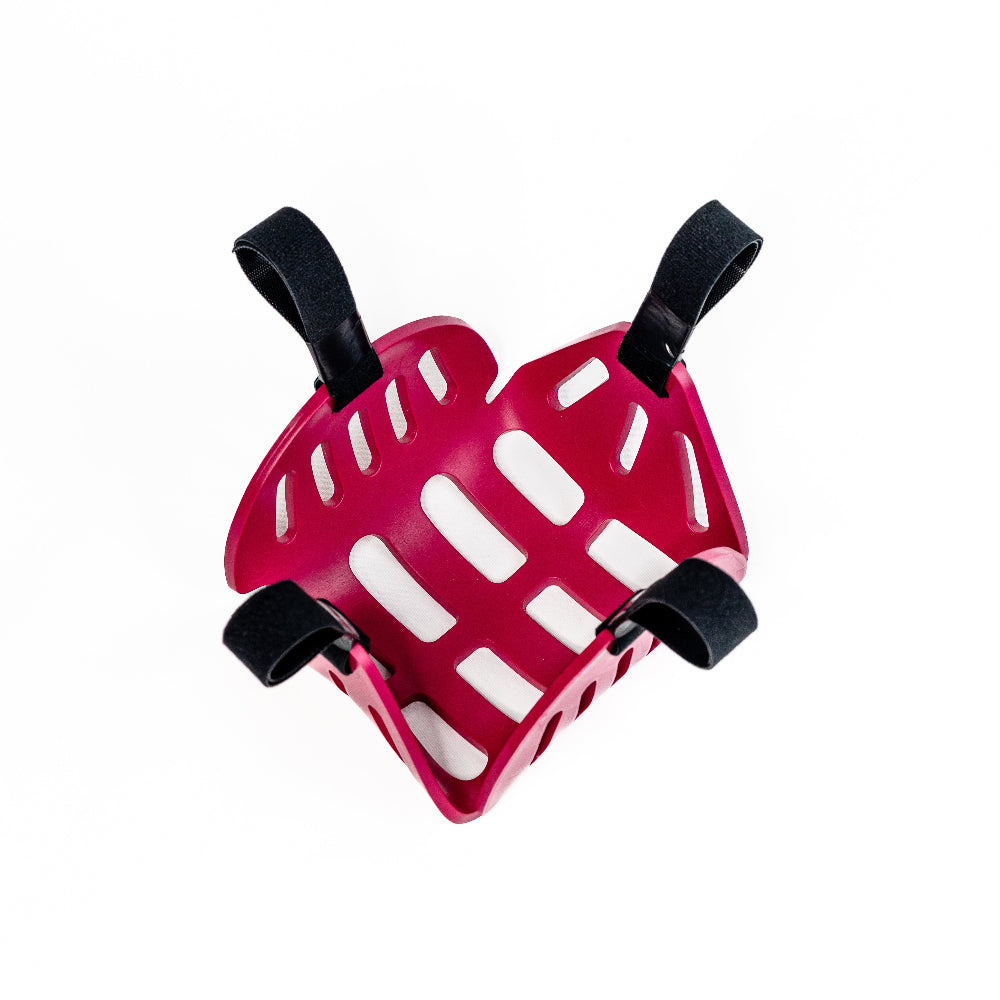

GreenGuard Grazing Muzzle
- Regular price
-
$ 99.95 USD - Sale price
-
$ 99.95 USD
this worked perfectly for helping get our chunkiness off. Has proven to be durable too. Worth the $.
Alanna, thank you so much for sharing your experience with the GreenGuard muzzle! We're so glad to hear it's working well for your chunky pony! We'd love to see a photo of your horse if you have one! Either way, please reach out to support@gg-equine.com if either of you ever have any questions or run into any issues! We're here to help.
I am very happy with the grazing muzzle. I really love the gg halter.It is so well made and I love the throat snap.My mare looks amazing and a large part of that goes to the muzzle.
Excellent customer service. Helped me adjust muzzle via emails.
Sprinkles is doing better now that the adjustments have been made. She tried to rub it off at first. I’m sure most try that. She gets a treat after the muzzle is in place and that reward has helped her attitude. Very pleased with your product. Saving up for lg hay bag!!🥰
Quick service
Excellent product with quality workmanship.


